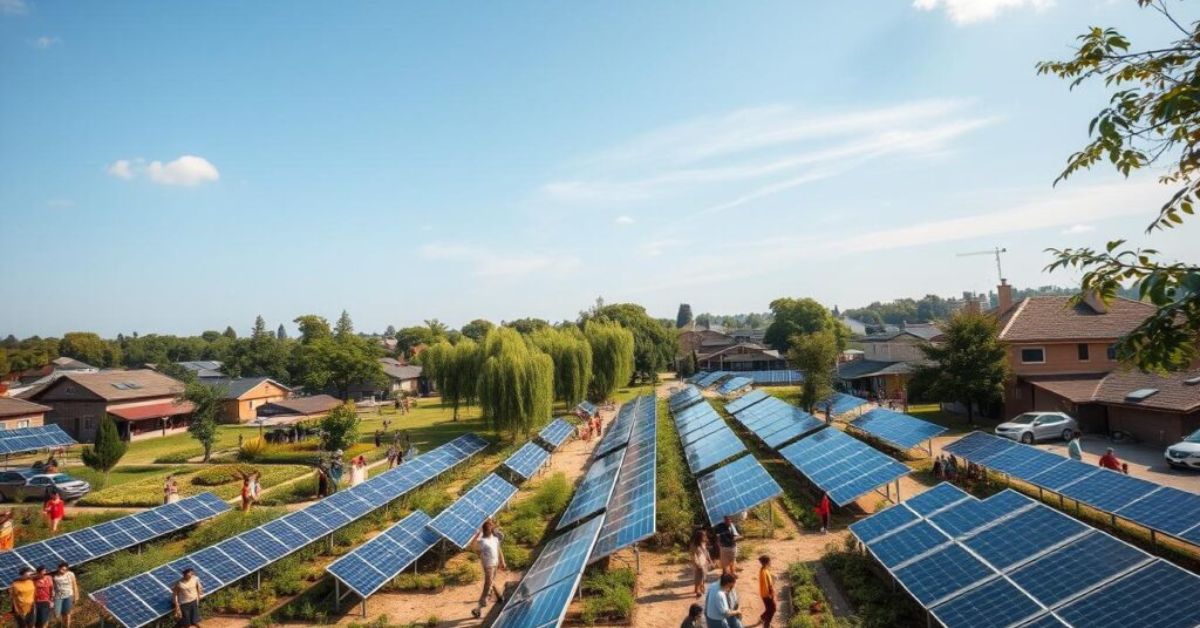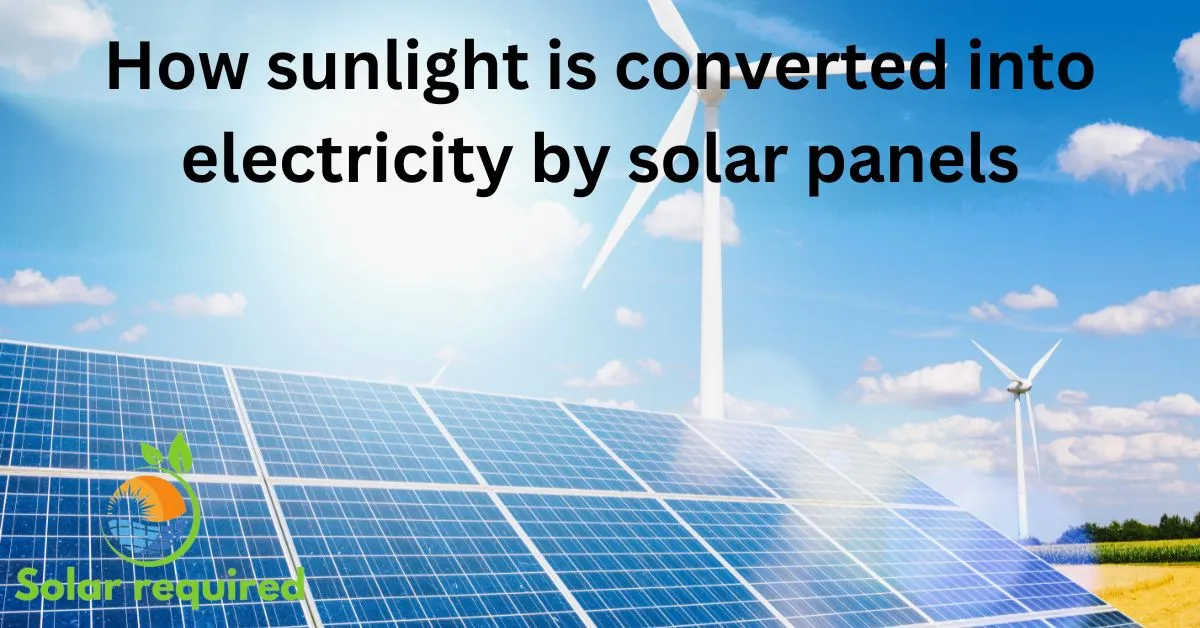The need for renewable energy is growing fast. This makes community solar programs in the U.S. very important. These programs let many homes share one solar project. This makes solar power more available to those who can’t install it themselves.
Starting in the mid-2000s in places like California and Colorado, these projects have changed the solar energy scene. They offer a way for more people to use sustainable energy, making it accessible nationwide.
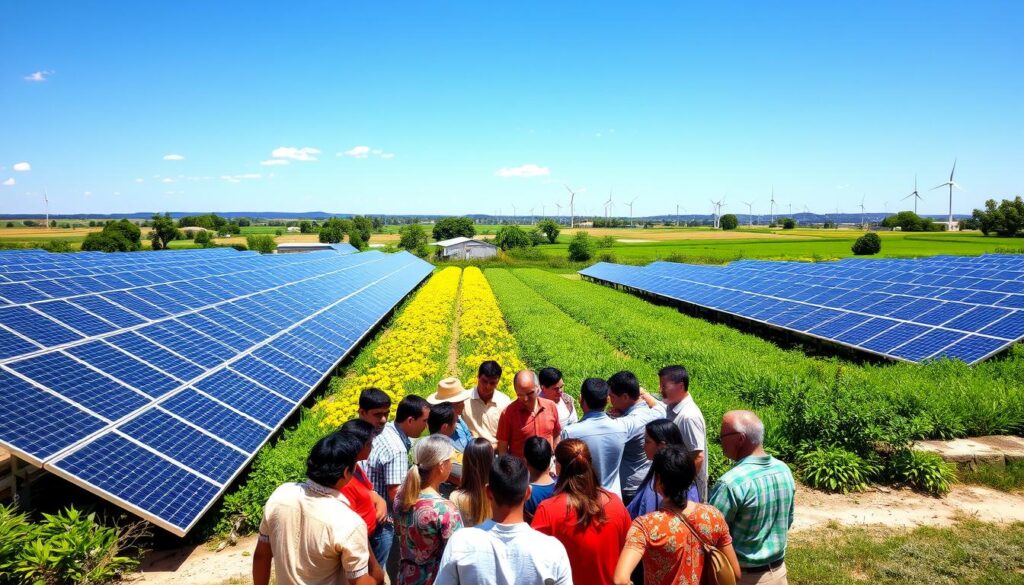
What Are Community Solar Programs?
Community solar programs offer a new way for people to get solar energy. They help those who can’t install solar panels on their own homes. This includes renters and those with bad roofs.
These programs let people join a shared solar installation at a central location. Everyone gets credits on their electricity bills based on how much power they get. It’s a way to use solar energy together and work towards a greener future.
Benefits of Community Solar
Community solar programs bring many advantages to people’s lives. One big plus is the chance to save money. By joining these programs, folks can cut down on their monthly energy bills. This makes solar energy more affordable for more people.
Cost Savings for Participants
Being part of a community solar program can lead to big savings on electricity bills. People in these programs often see their bills drop by 10-20%. This is because they’re sharing the cost of solar energy with others.
So, more families can enjoy the benefits of using renewable energy without breaking the bank.
Environmental Impact of Shared Solar
Community solar also has a big plus for the planet. It helps reduce greenhouse gas emissions, which is good for the environment. By using solar energy, communities are moving towards cleaner, greener energy.
This shift helps keep our air clean and supports a healthier planet. It’s a win for everyone involved.
How Community Solar Works
Community solar programs let many people share the benefits of a single solar installation. These programs share solar power, so people can use energy without panels on their property. They show how energy is made, shared, and used by everyone involved.
The Basics of Solar Power Sharing
A big solar farm or installation makes electricity. People can choose how much of this energy they want. They get a share of the solar power, which goes into the local grid.
This way, everyone gets to use clean energy without the costs or hassle of owning panels. It’s a fair system for all.
Check out our Guide: Are Solar Panels Worth It in 2025?
Understanding Shared Solar Installations
Shared solar setups need careful planning to work well. The solar power is added to the grid, making it easy to share. People get credits on their bills for their share of energy.
These credits help lower their electricity bills. It’s a green way for communities to use solar power together. It promotes caring for the environment and sharing solar resources.
| Aspect | Community Solar | Individual Solar |
|---|---|---|
| Installation Responsibility | Shared among participants | Owner’s responsibility |
| Cost | Lower initial investment | Higher upfront costs |
| Maintenance | Managed by provider | Owner must handle |
| Energy Credits | Based on subscription size | Directly from individual consumption |
| Access to Renewable Energy | Wide access | Dependent on property suitability |
Exploring Community Solar Programs in the U.S.
More states are turning to renewable energy, making community solar programs in the U.S. more important. These programs help low-income families and renters who can’t get solar panels otherwise. States like Minnesota and Massachusetts are leading the way with new ideas.
Getting utilities and policies on board is key. They help make local solar projects bigger and better. Working together, local governments, energy companies, and people can make solar power more available everywhere.
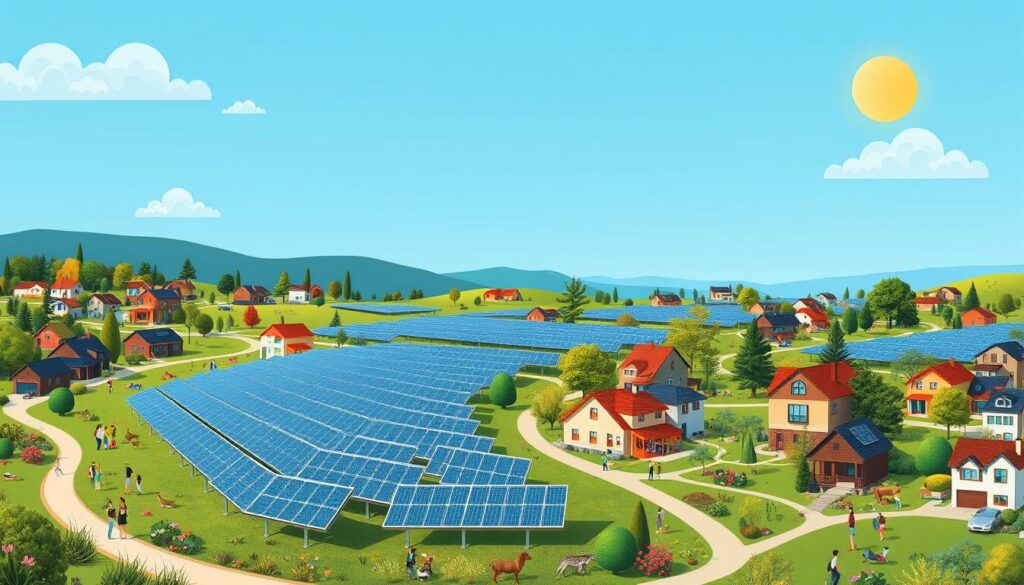
Table 1 below shows some top states for community solar programs. It highlights the program size and who they help.
Check Out: Solar Panel Installation Costs in the U.S 2025 Update
| State | Program Size (MW) | Target Demographics |
|---|---|---|
| Minnesota | 1,000 | Low-income households, renters |
| Massachusetts | 800 | Residential, small businesses |
| California | 600 | Various communities |
| New York | 400 | Low-income communities |
The table shows how community solar programs can help. They meet community needs and push for more renewable energy.
Key U.S. Solar Initiatives
Several key U.S. solar initiatives aim to boost solar energy in America. The federal Investment Tax Credit (ITC) and state Renewable Portfolio Standards (RPS) are major ones. The ITC lets people and businesses deduct a big part of their solar system costs from taxes. This makes starting a solar project much cheaper.
State RPS requires utilities to use a certain amount of solar energy. This helps grow renewable energy projects nationwide. Government and private groups work together to find new ways to use solar energy.
Studies show these efforts are working well. States with tax breaks, grants, and awareness campaigns have seen more solar use. Projects that involve the community help local economies and support clean energy.
| Initiative | Description | Impact |
|---|---|---|
| Investment Tax Credit (ITC) | Federal tax credit for solar systems | Lowers upfront cost for consumers |
| Renewable Portfolio Standards (RPS) | State mandates for renewable energy procurement | Increases solar energy adoption |
| Solar Initiatives Grants | Financial support for solar project development | Encourages innovation in solar technology |
| Community Solar Programs | Shared solar installation for multiple users | Expands access to solar energy |
Community Solar Policies Across States
It’s important to know about community solar policies if you want to join U.S. solar programs. These policies vary by state, affecting how easy it is to use community solar. Some states have good rules that help community solar grow, while others need to do more.
People Also Read: New Hampshire’s Solar Revolution
Comparison of State Policies
Looking at state policies shows big differences. Things like incentives and support can change how community solar works. The table below shows some of these differences:
| State | Policy Strength | Incentives Offered | Program Accessibility |
|---|---|---|---|
| California | Strong | Tax credits, rebates | High |
| New York | Moderate | Incentive payments | Moderate |
| Florida | Weak | None | Low |
| Illinois | Strong | Grants, tax incentives | High |
Insights into Local Regulations
Local rules can affect community solar policies. Some areas might offer special help, while others might make it harder to join. Knowing these details is key to making the most of community solar.
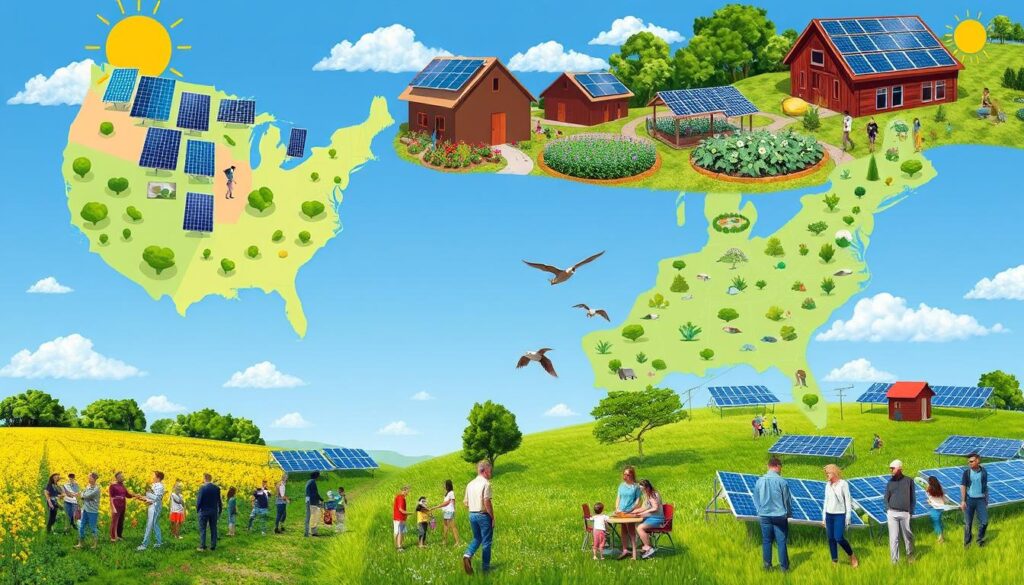
Finding Community Solar Providers
Looking for community solar providers can open up new ways to use renewable energy. Start by checking out what’s available in your area or state. Websites and databases from renewable energy groups can help you find what you need.
Companies like Arcadia and Solar United Neighbors help match you with the right community solar providers. They guide you in finding local solar options that fit your energy needs. Knowing about community solar projects in your area is key to making smart energy choices.
- Online comparison tools and databases
- Local government renewable energy offices
- Community newsletters and local advocacy groups
Having the right info on local solar providers and projects helps you make better choices. It’s good for both individuals and communities looking into renewable energy.
| Resource Type | Description | Example |
|---|---|---|
| Online Platforms | Tools for comparing available solar providers | Arcadia |
| Government Resources | Information on regional solar initiatives | State Energy Offices |
| Advocacy Groups | Local community engagement and support | Solar United Neighbors |
Incentives and Financial Benefits
Understanding the incentives and financial benefits of community solar can help more people join. These programs offer big help through tax credits, rebates, and government grants. This makes it easier to use renewable energy.
Tax Credits and Rebates
Tax credits and rebates are big reasons people choose community solar. The Federal Solar Investment Tax Credit lets you deduct part of your investment from taxes. Many states also offer local rebates, which lower the cost even more.
These financial aids make it easier for individuals and businesses to join. They help reduce the upfront costs, making community solar more appealing.
Government Grants for Community Solar Projects
Government grants help more people get into renewable energy. These grants are for local governments, nonprofits, and groups planning solar projects. They help pay for installation and other costs.
Knowing about these grants can help people use them well. It makes it easier to start using renewable energy.
| Incentive Type | Description | Example |
|---|---|---|
| Tax Credit | A percentage of the investment that can be deducted from federal taxes | Federal Solar Investment Tax Credit |
| Rebate | Cash back from state or local programs based on the investment | State solar rebates |
| Government Grant | Financial aid provided by government towards solar project costs | Community solar development grants |
Challenges Facing Community Solar in the U.S.
Community solar projects are becoming more popular, but they face many challenges. Different states have different rules for solar energy programs. This can confuse people who want to join.
Many people don’t know about community solar. They don’t understand the benefits it can offer. This lack of knowledge stops more people from joining.
Finding money is a big problem too. Solar projects need funding to grow. Without enough money, they can’t reach their goals. This means communities miss out on clean energy.
Language and cultural differences also make it hard to reach everyone. It’s important to overcome these barriers. This way, more people can join and benefit from solar energy.
Conclusion
Community solar programs are becoming more popular in the U.S. They help more people get into renewable energy, even if they can’t put solar panels on their roofs. These programs offer savings and help the environment.
It’s important to spread the word about the benefits of community solar. Knowing about local rules and challenges helps more people join in. This way, we can make our communities greener and more sustainable.
Working together is key to making community solar programs work. Local governments, solar companies, and community members need to team up. This teamwork will help us move towards a future powered by clean energy.
FAQ
What is community solar?
Community solar programs let many people share one solar installation. This way, those who can’t put panels on their roofs can still get solar benefits. They get credits on their bills.
How can I join a community solar program?
To join, look for local solar projects and find providers. Sign up for a plan that fits your energy use. Websites like Arcadia and Solar United Neighbors can help you find good options.
What are the benefits of participating in community solar?
Community solar saves you money on bills and supports green energy. People often save 10-20% on energy costs. It’s good for the planet too.
Are there any government incentives for community solar participants?
Yes, there are incentives like the Solar Investment Tax Credit (ITC) and state rebates. These can lower the cost of joining a program.
What are the challenges facing community solar in the U.S.?
Challenges include rules, lack of awareness, and money issues. Also, not enough people know about these programs.
How do community solar programs impact the environment?
They help a lot by using clean energy. This reduces harmful emissions and fights climate change. It’s a step towards a greener future.
Can low-income households participate in community solar programs?
Yes, many programs are for everyone, including low-income families. Some offer special deals to make solar energy more accessible.
How do I find community solar projects in my area?
Look online or check with local solar companies. The National Renewable Energy Laboratory (NREL) website is also a great resource.
